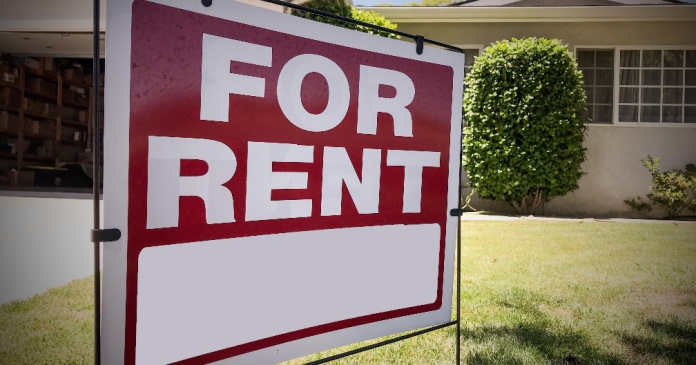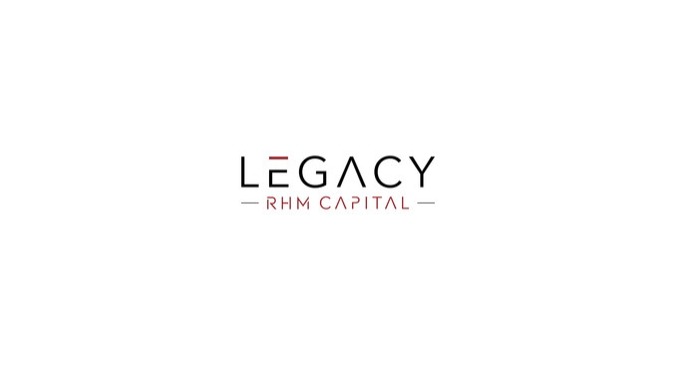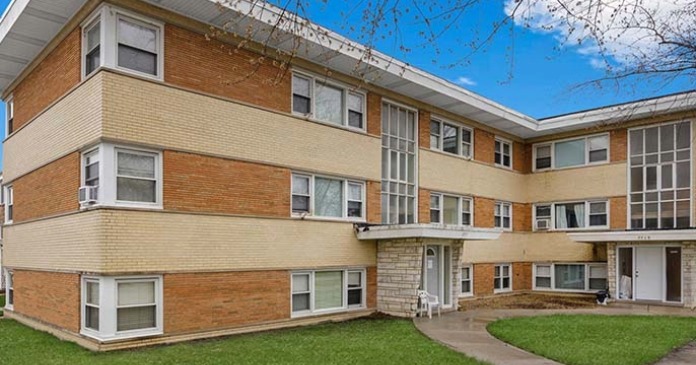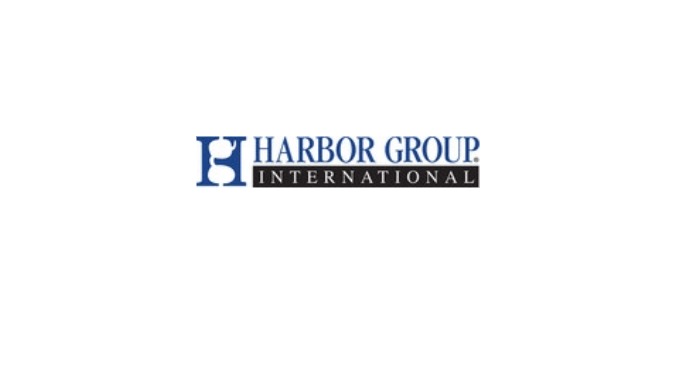When I was very young my parents had an agitated conversation in our tiny kitchen which made my gut hurt: My dad was out of shaving cream. Shaving cream was on sale at the drug store for $0.29 cents per can. We did not have $0.29 cents and, after a stressful unhappy exchange, he shaved his face with the bar soap we had. Yet if you asked my mom if we were poor, she still replies, “Well, we just didn’t have any money!”
I thought of this very recently when having a discussion with a friend of mine about Energy Star Portfolio Manager. I used my favorite “F” word to describe it: Free to anyone who wants to use it. My friend countered he does not like to call programs the government provides “free” since taxpayers fund them. I was surprised by our disparity of perspectives on the same thing.
Since that moment, I have been thinking about my mom. She did not want to be considered poor. To her, participating in the “Milk and Crackers” program at the elementary school meant that she could not afford to take care of her family. “Didn’t have any money” just felt like there was nothing to spare.
While the word “Free” to me is always a positive description because it means something is accessible, my friend, whose experiences are different, sees these programs as costs. As uncomfortable as I am, with deep affection for my friend, I feel it is fair and timely to think about where FREE comes from with respect to efficiency.
Rebates, “free” components, and even platforms like Energy Star Portfolio Manager are paid for somewhere.
Utility Rebate Programs
Most of my favorite “F” programs come from these programs. Think free shower heads, LED light bulbs, aerators, even smart thermostats. Utility rebate programs, typically offered by energy or water providers, are funded through a couple of primary mechanisms:
- Ratepayer Funds: A portion of the revenue collected from customers through their utility bills is often allocated to fund rebate programs. This means that customers are essentially contributing to the rebates that they and others can receive.
- System Benefit Charges: Some states mandate that utilities collect a small fee from customers, often called a “system benefit charge” or a similar name. These charges are specifically designated to support energy efficiency, renewable energy, and other public benefit programs, including rebates.
City or State Rebate Programs
City or state rebate programs, on the other hand, draw funding from different sources:
- Taxpayer Funds: These programs are generally funded through general tax revenues, such as sales tax, property tax, or income tax. The specific allocation is determined by the city or state’s budget and legislative processes.
- Specific Taxes or Fees: In some cases, cities or states may impose specific taxes or fees to fund rebate programs. For example, a surcharge on landfill disposal might fund rebates for composting or recycling initiatives within that city or state.
Federal Subsidized Programs
In general, federal programs, including Energy Star Portfolio Manager are funded through the general revenue of the U.S. federal government which comes from the taxpayers. Energy Star Portfolio Manager is freely available to anyone who chooses to input their property data. They can then freely access the massive dataset our industry has built over the last 25 years to understand how their asset compares to others in the market. The cost of the tool is a small fractional part of government’s budget and its costs are partially paid for through properties and products participating in the Energy Star certification process in addition to being partially paid for out of the budget.
My friend is right, nothing that comes from the government is free. I still like and will continue to call Energy Star Portfolio Manager free. Free is still my favorite “F” word. My second favorite “F” is Friendship. I also believe that if we get our “F”’s together, we can create great solutions.















